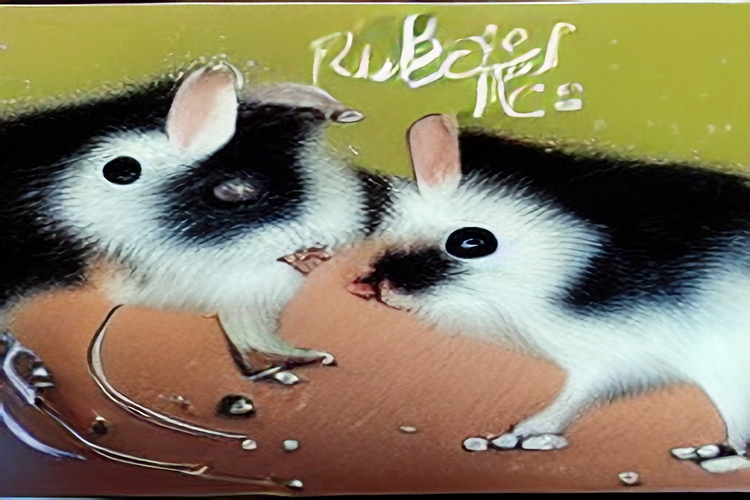Participants 2022
The Indy Rubbish Mice
AI Song Contest 2022 / participantsTEAM / The Indy Rubbish Mice
SONG / Only If You Wanna
TEAM MEMBERS / Jason Palamara, Timothy Hsu, Horia Petrache, Dana Goot, Jakub Walerstein, Bhawna Rathi, Ian Mast, Emmy Husmann
About the TEAM
The Indy Rubbish Mice is a team comprising of musicians, AI researchers, physicists, and technologists based in Indianapolis, Indiana. The vision of this team is to use popular music making as a way to deeply engage in the intersection of technology, creativity, and musicianship with artificial intelligence tools. The diversity in expertise in this team creates opportunities to explore structured sound through both technical and creative lenses, investigating how algorithmic methods balance or even compete with the idea of traditional aesthetics and music theory in song writing. The team members consist of university faculty in music technology, acoustics, and physics, and includes Ph.D. students, Masters students, and undergraduate students that are a subset of the Artificial Intelligence in Music Working Group (AIMWoG) housed at Indiana University – Purdue University Indianapolis.
About the SONG
There was no preconceived genre to this piece, and we let the processes speak for themselves. The resulting song leans toward the R&B genre. The use of the different robotic voices augments the vibe of an R&B song, mimicking how guest vocals are often used. Additionally, the goal of this piece was to use many different AI and algorithmic tools and to unify their outputs into a song. The problematic nature of this process is that the tools and their outputs are generally not compatible with each other, requiring human intervention to unify the outputs. Human intervention was limited to this and for the general form of the piece, as AI tools for musical form are not sophisticated enough yet for this type of application.
About the HUMAN-AI PROCESS
The lyrics were generated with GPT3 and Lyric Studio. GPT3 was seeded and the output of GPT3 was fed into Lyric Studio to experiment with rhyming and thesaurus functions. The main melody was created by taking the generated lyric content and playing it in a natural reader. Ableton was then used for an audio to MIDI conversion, which essentially, like a traditional art song, followed the general rhythms and contours of speech to create the melody. A second melody was created using a Genetic Algorithm and Long Short-Term Memory function modified from Majid Farzeneh. For the drum loops, Google Magenta’s Drumify algorithm generated a series of two-bar loops with the generated melody as the input where 10 loops were organized by the temperature setting using in Drumify along with descriptions of what each loop could be used for. The chord progression was generated using a program written in C++ based on first-order Markov chains, taking a monophonic MIDI melody to generate triad chords in root position. To generate the chord progression, the program considers which chords in the key will sound consonant given the notes in the melody on that measure, and which chords in the key will follow naturally from the previous chord in the progression. AI band name and logo generator apps were used for the team’s name and the logo.



